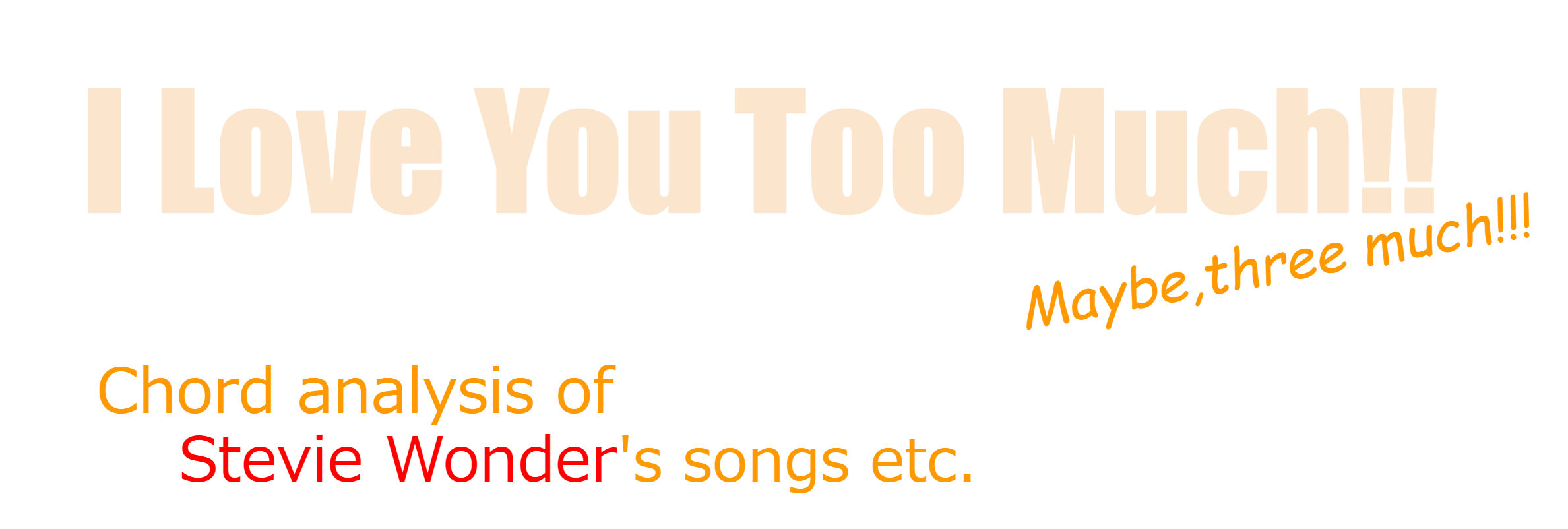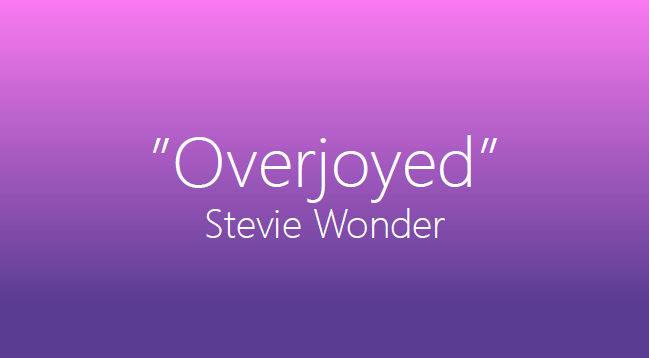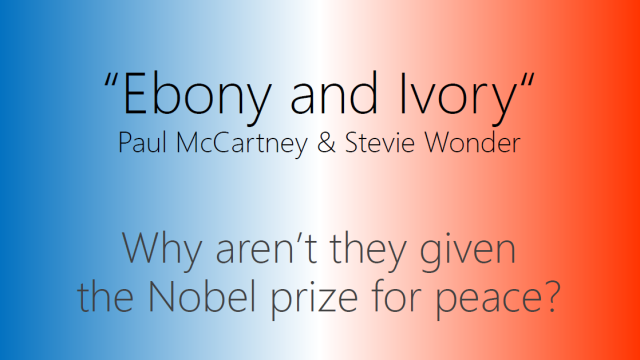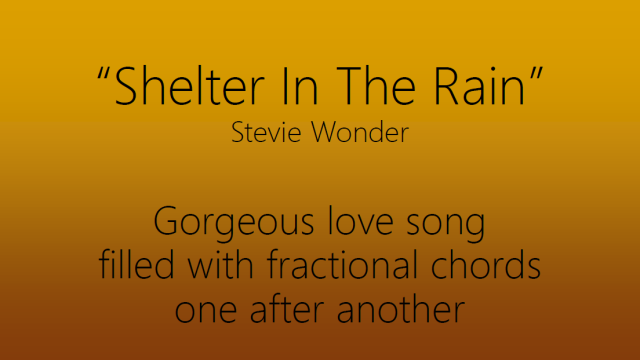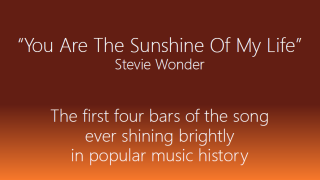Introduction
Included in the 1985 album “In Square Circle”.
Along with the smash hit “Part-Time Lover,” which was a single cut at the same time as the album’s release, it is one of the most popular songs on the album.
We can still hear this song often in cafes and FM stations because of its extremely beautiful melody and the relaxing effect it has on us.
From the moment the intro starts, I’m like ”Wow!”
Mixed in with the piano and guitar, there are plenty of environmental sounds such as the sound of water, birds chirping, and insects buzzing.
The sound of water is regularly played on the third beat, at the timing of the snare drum.It is not an environmental sound, but rather a substitute for a musical instrument (snare drum).
This is a self-serving hypothesis of mine. Stevie is blind from birth, so all sounds, whether they are instruments, animal noises, or collisions, are “sounds” and there is no line between them. To us, it’s a novel idea, but to him, it’s not so far-fetched.
The guitar, which is the instrument, is played as if it were an environmental sound, but it is actually played by a famous guitarist named Earl Klugh.
Now, let’s look at the chords.
Account for chords
First, the intro.
It’s like this.

Stevie often starts with this 6th chord, which can be seen in the beginning of the vocals of “Summer Soft” (ALBUM “Hotter Than July”) and “Send One Your Love” (ALBUM “Journey through the Secret Life of Plants”).
This intro is actually not that difficult to understand. If you look at it on the keyboard, you can see that the highest B-flat is kept while the other notes, including the root note, go down a semitone.

Only chords go like this.
Try to move your finger as the original.
Even if you’ve never learned to play the piano before, you can get a good feel for it after a week of practice. I don’t mean to belittle this intro, it’s just that Stevie himself could have done it when he touched the keyboard.
When you get to the melody part, you can feel the atmosphere of nature, such as the sun shining through the trees, the murmuring of streams. But in the intro, you can feel the worldview of awe towards nature, which is just before the beauty of nature.
Is that too much to mention?
Anyway, I think it is an outstanding intro that only he could write.
1st verse

At the end of the intro, the song pretends to settle down to B-flat, but then jumps to Key:E-flat as if it were V.
But well, so far, so normal in terms of chords. Let’s move on.

It’s here, it’s here. This is the G/B in red. The melody goes down a semitone, while the chord goes up a whole note with the root note of the F/A in front of it. He does it easily, but it’s very unique. To make it easier to understand, I’ll write it in the key of C.

2nd verse

After the feat of strength, it modulates to Key:C for a moment, then to Key:B-flat, then back to Key:E-flat, and the A melody (Key:E-flat) starts again as if nothing had happened.
It’s like figurine skating, gliding into the rink and leaving with a quick jump and turn of difficulty 8.2.
C is I, and Cm7 is IIm7 in Key:B♭, which is often done in various songs. And the melody doesn’t feel strange at all…
3rd verse
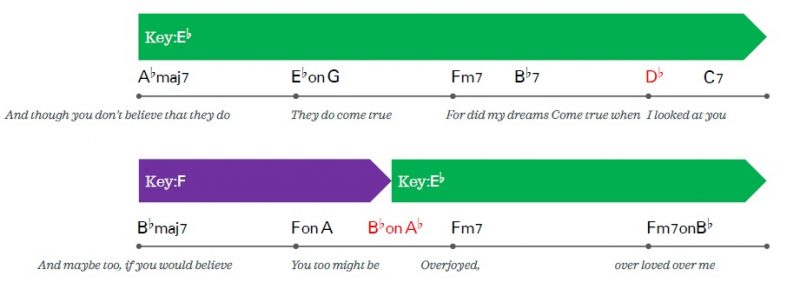
こ
In this D-flat, the flow of IIm7→V7→Ⅶ♭→VI7 is not that common.
If you go to the second system in the figure above, you can see that the melody is the same as the first system, but all the notes are raised.
The C7 at the end of the first step is the VI7 in Key:E-flat, and it’s jumping to B-flat M7 (IVM7), taking it as the V7 in Key:F.
He’s a free spirit, isn’t he?
And here it is, B♭/A♭.
This major chord, with the root one note lower, is one of the most common chords to use in a flow like IV to V/IV, but no other composer can do it like this to trigger a modulation.
This secret technique of creating a strange chord at an unfamiliar timing and modulating it brings the song back to Key:E♭.
Furthermore, after the verse and chorus, the song would normally settle down to a B-flat chord and then go to the interlude, but it is amazing that it returns to the intro (D-flat 6) in an uncontrollable manner!(01’42 in the youtube movie)
I’ve had my fill of this song, but at the end of the song, in the 3rd verse, he modulates the song up a whole note and sings it again, and then starts his technique again.
I’ve had my fill of this song, but at the end of the song, in the 3rd verse, he modulates the song up a whole note and sings it again, and then starts his technique again.
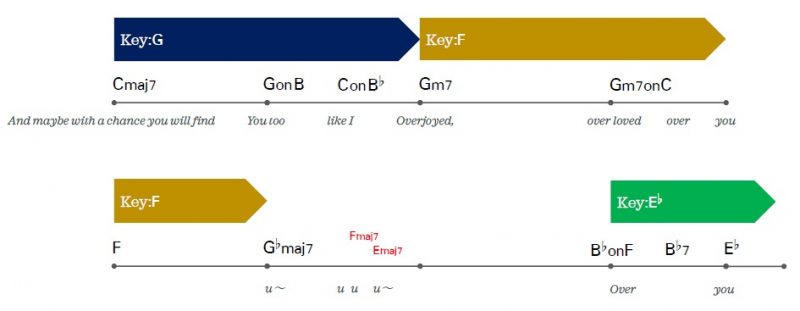
The key is raised as the feeling rises, and then lowered as if the tailwind that had been blowing earlier had softly turned into a headwind (the red part above,03’27 in the movie), and then returned to the original key for the ending, as if to fulfill the responsibility of starting the song in Key:E-flat.
In Conclusion
Stevie has produced a lot of great songs, but I think “Overjoyed” is the best in terms of elegance.
I remember an article in which a top musician was interviewed and he said, “Stevie’s music is accessible to everyone, but when professionals look at it under a microscope, it is very advanced and difficult to understand”.
I think this song is a perfect example of that.
